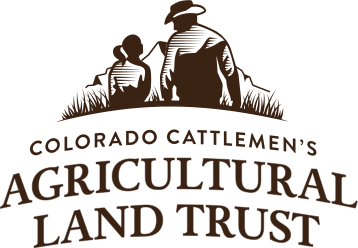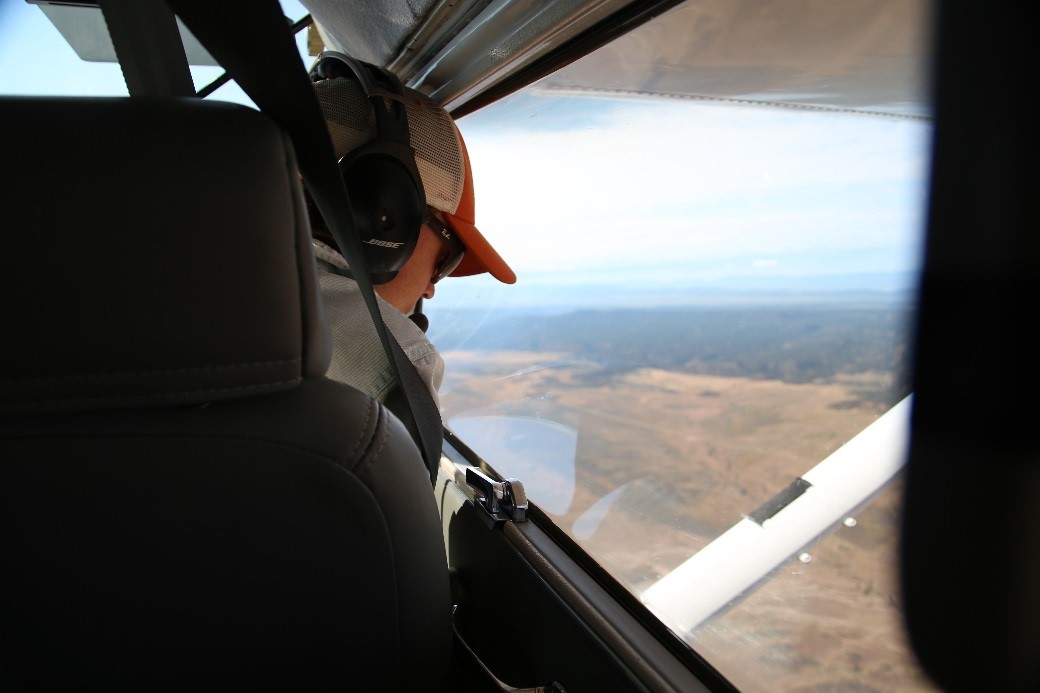Annual Stewardship Monitoring: What Is It?
Every year, the CCALT staff monitors every property we have conserved to make sure the terms of the conservation easement are being upheld. That means that 299 properties and over 500,000 acres need to be visited within the year.
Here is an up close look at what goes into CCALT’s conservation easement monitoring.
Plan of attack
Every CCALT staff member and five contract monitors are responsible for monitoring the conserved properties. The contract monitors are ambassadors to CCALT and they are usually familiar with their region and have local knowledge and connections.
To begin each year, stewardship director, Megan Knott, will map out all of the CCALT properties across the state that need to be monitored. Each staff member/contract monitor is assigned to a region.

Pre-monitoring reports
Once staff members are assigned their properties to monitor, they must complete a pre-monitoring report for every property. The pre-monitoring report consists of a summary of the property’s history and conservation easement’s terms; and highlights areas of focus, including a to-do list for CCALT monitors.
Call and schedule monitoring visit with the landowner
After filling out the pre-monitoring report, CCALT staff will connect with the landowner to set up a time to conduct the monitoring visit. Usually, we try to schedule monitoring trips strategically so that we can visit all of the landowners in an area at one time.
The primary focus of CCALT’s monitoring program is an emphasis on landowner relationships. Landowners are CCALT’s partners in conservation, without their support CCALT would not be successful. Establishing a positive working relationship with landowners will (a) help to ensure that the landowners understand the terms and restrictions contained in their conservation easement; and (b) result in fewer violations of our conservation easements. Last year, CCALT was able to connect with 93% of our landowners during annual monitoring. Our goal for 2017 is to connect with 100% of our landowners.
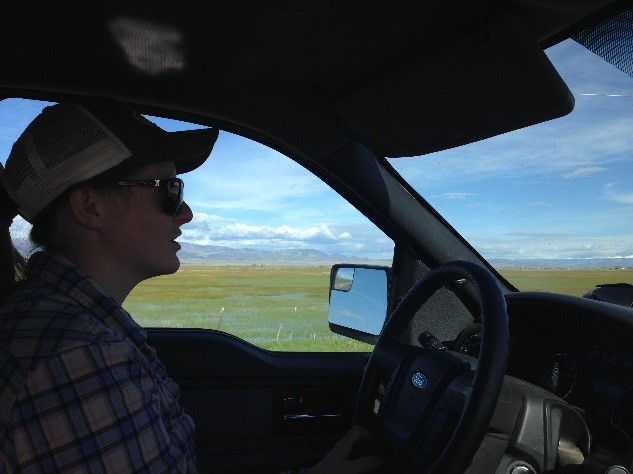
Getting to the property
Stewardship monitoring is always an adventure! Once a date has been set with the landowner, CCALT staff either drives out to the property, or monitors the property from the air. If CCALT staff is driving to the property, we often camp or stay with family, friends, or the landowner. Luckily, all CCALT staff members love to camp!
Aerial monitoring: Each year, CCALT picks out a different region to aerial monitor. Viewing a property from above can give staff a different and unique perspective of the ranch. Landowners are always informed if their property is going to be monitored from the air. CCALT usually works with True West Aerial or Light Hawk for our aerial monitoring needs.
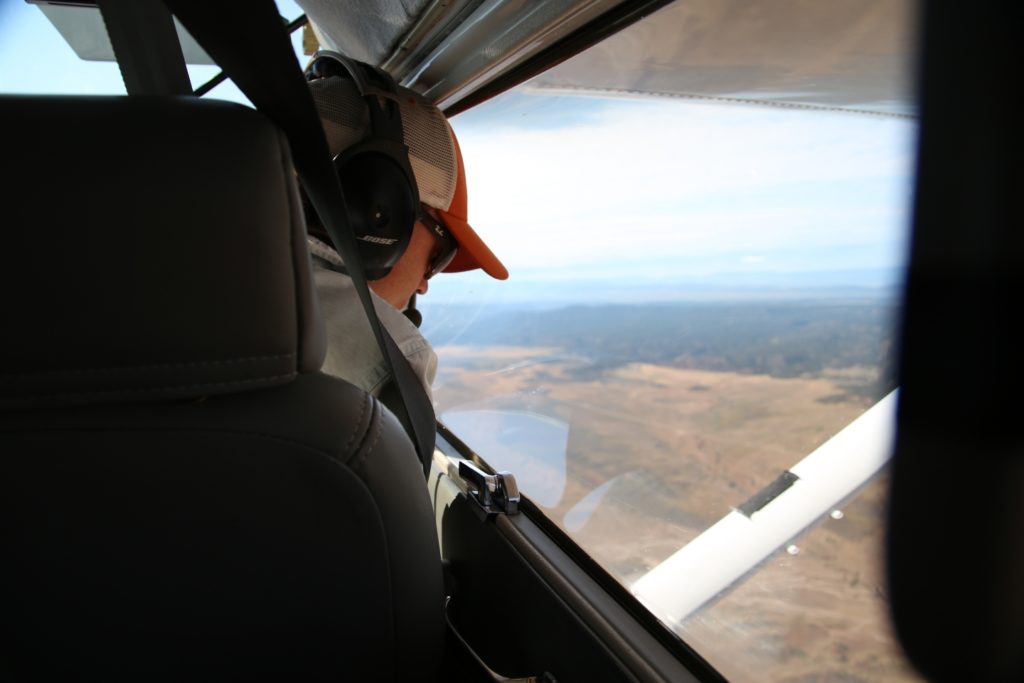
CCALT external relations coordinator, Maggie Hanna, aerial monitors properties in San Miguel county. 
The visit
During a monitoring visit, CCALT staff will tour the property, take pictures, and talk with the landowner about any changes or concerns since the last monitoring visit. Each visit is unique, and the tour of the property can either be by horseback, ATV, truck, or on foot.
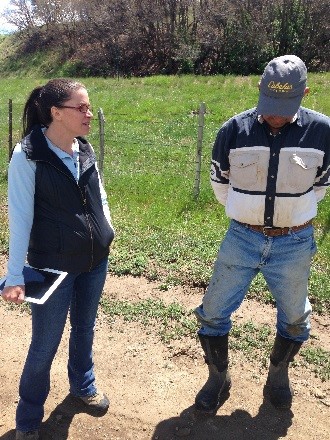
CCALT project manager, Courtney Bennett, and project director, Molly Fales, meet with landowners on monitoring visits. 
CCALT project manager, Courtney Bennett, and project director, Molly Fales, meet with landowners on monitoring visits. 
CCALT summer intern Jon Byerly monitors a property on horseback. 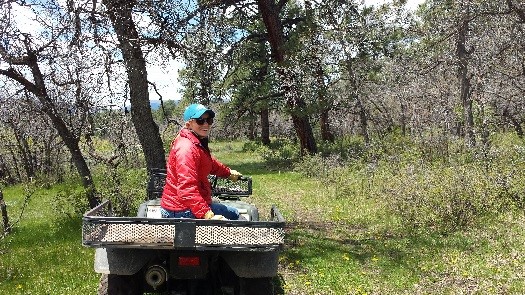
CCALT development officer, Jayne Thompson, monitoring a ranch via ATV. 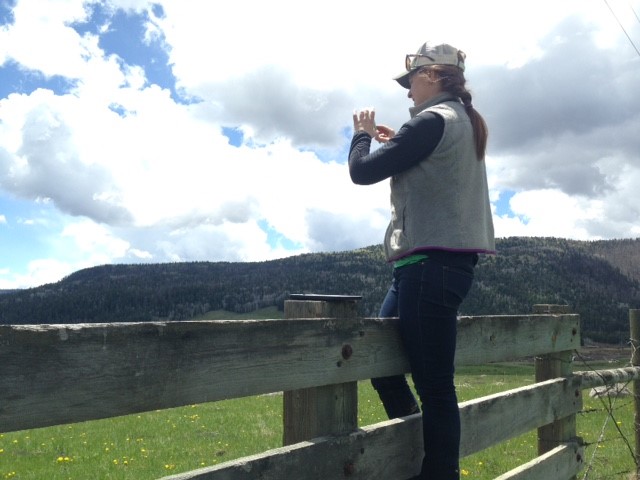
Molly taking pictures of a conserved ranch.
The final step to a monitoring visit is to have both the landowner and the CCALT monitor sign the monitoring report. Usually this is the time when CCALT monitors get to spend time making new friends on the ranch.
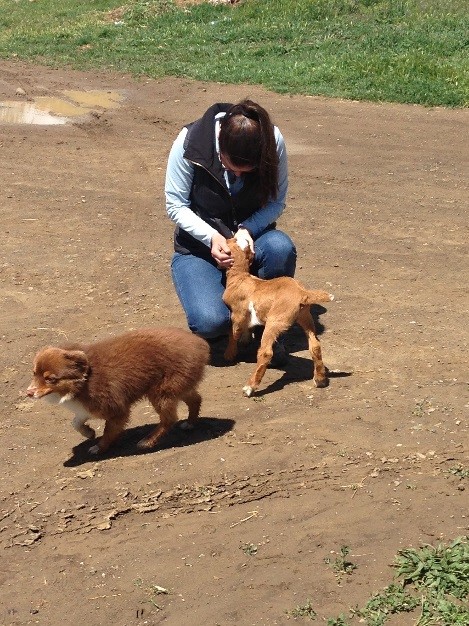
Courtney and Maggie making new friends on a conserved ranch. 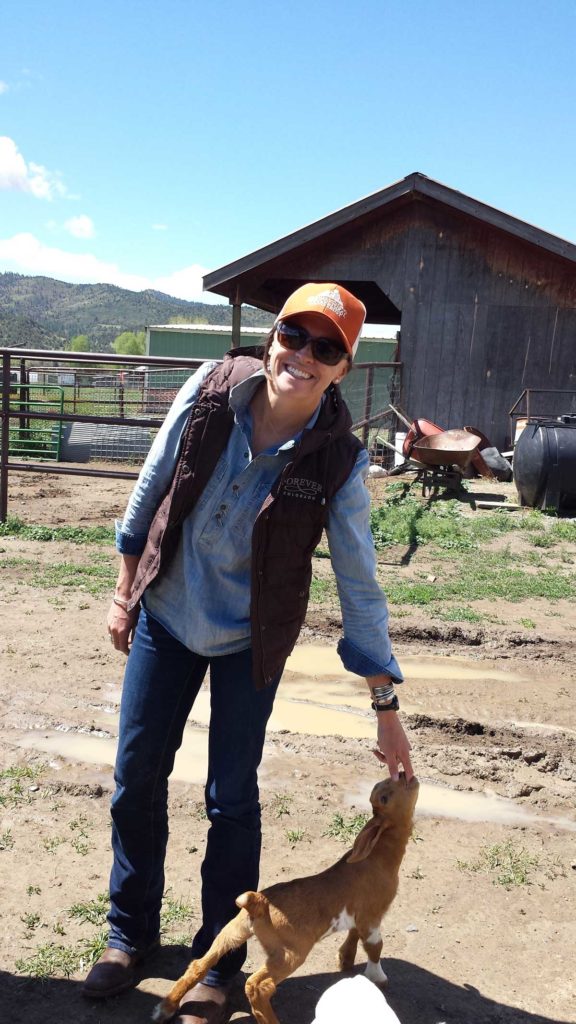
Courtney and Maggie making new friends on a conserved ranch.
Back in the office
Once CCALT staff is back in the office, they complete the monitoring report and file the updated report with both an electronic and hard copy. A copy of the final signed monitoring report gets mailed to the landowner.

And REPEAT!
Just when we finish up monitoring for the year, we begin planning for the next year. If you are a CCALT landowner, keep your eyes peeled for our purple truck this summer!
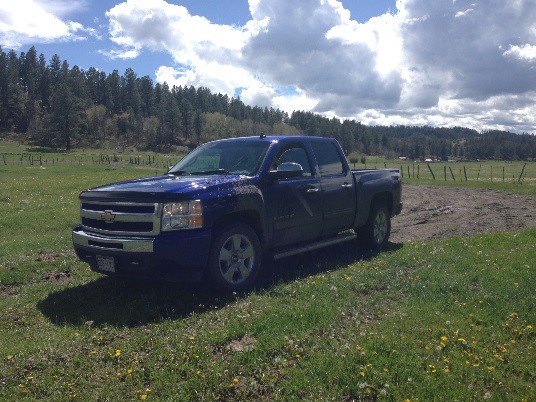
Megan Knott is CCALT’s Director of Stewardship. For monitoring questions, she can be contacted via email at megan@ccalt.org or by phone at 720-557-8272.
